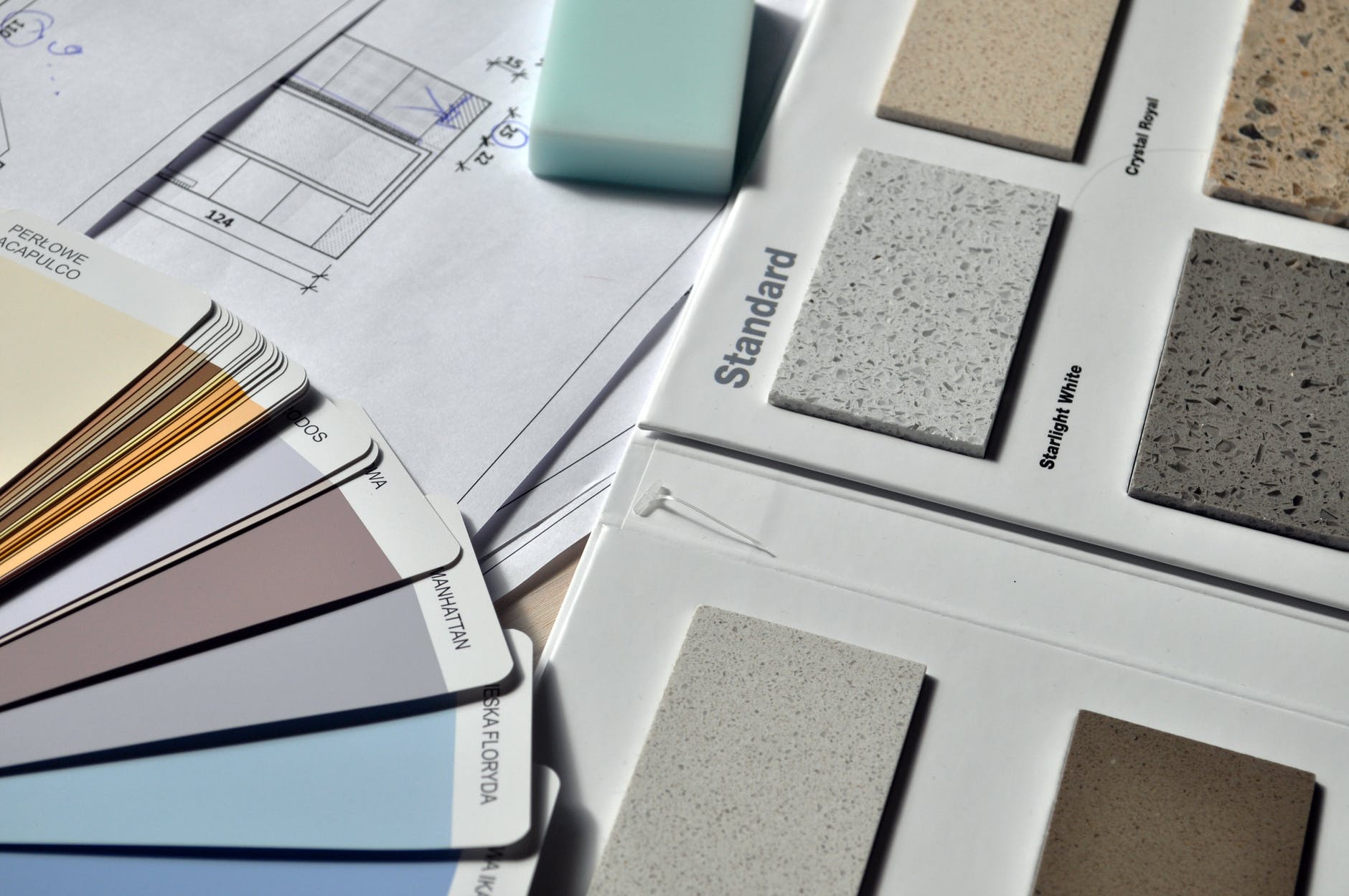
Are you quite satisfied with the quality of your wooden floorboards, but feel like they aren’t in the best condition to varnish or stain? A good lick of water based paint will have your floorboards lighting up the room, giving your space that brand-new feeling and impressing any visitors and guests that you host.
Always make sure your floor is suitable for paint
To determine whether your floor is suitable for coating and preparation, sprinkle a few drops of water onto your floor and if the water tends to soak in, you are ready to go – if your floor is wooden it may mean you need to slightly sand the wood to make sure the paint is going to stick. If water doesn’t stick, it’s very likely there is already a coat that needs to be stripped away before you apply your paint.
How shall I actually paint my floor?
We recommend you use a roller that is fixed to an extension pole. Make sure you are skimming the paint in one direction, moving rapidly to maintain your moist edge, and always do your best to avoid surplus pressure. Remember to always check your drying times on the paint label and AVOID putting anything on the floor until the paint is totally and thoroughly dry.
Why Should I Use Water Based Paint On My Floors?
With no smell, you will have the best experience painting with water based paint. This method is so much easier to apply than other paints and is very fast drying. It’s so convenient to clean brushes and rollers, and you can do this using just soap and water, as opposed to any special cleaning process that you may need otherwise. Furthermore, the finished result of water based paint on floors will be very resistant to cracking and is very important as you come into contact with floor paint on a daily basis.
Disposing Your Paint
Remember to always read the paint can for proper disposal of your paint. Cans with leftover paint should always be left open, so the paint completely dries before throwing out. Cans with less than a quarter of paint left might take 2-3 days to fully dry. It’s probably worth adding absorbents to the paint such as sand, sawdust and paper to soak up any excess paint.
